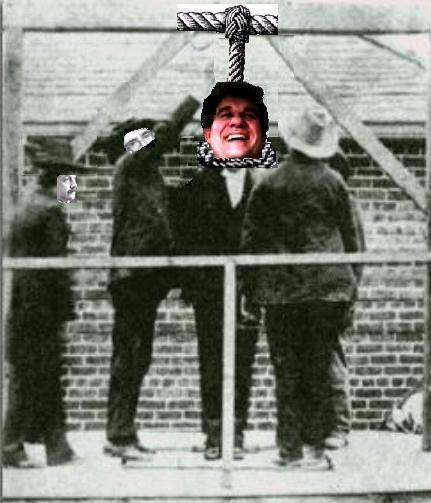The mathematicians sometimes refer to a point as a node. However, although the node resembles an
ordered pair, is not exactly like it for two reasons. Firstly, the ordered pair is where two lines meet whereas
the node is where two lines cross. Secondly, the ordered n-tuple (pair, triplet, quintuple, etc.) could consist
of anything greater than or equal to a single number – supposedly the ‘position’ on a 1-D line is the lowest
‘dimension.’ the mathematician may represent a location on a line with a single number or variable (5). But
then, you would have to be a fool to confuse the number 5 with two lines. Do we need two numbers or
coordinates to locate a point or can we do with one or zero? So, just in case, I separate the two notions –
ordered pair and node – and analyze them separately.
Some relativists argue that a point is an intersection of two lines (presumably straight):
- “ point: the intersection of two lines” [1]
Therefore, we must first define what we mean by line. At face value, this is a little disconcerting because
mathematical expert Weyl uses up no less than ten pages (pp. 11- 23) to explain how he constructs his
lines with points.
But let’s not dwell on petty stuff. Let’s just put this ridiculous definition of point behind us so that we don’t
have to return to it later. If a point is the intersection of two lines and a line is the distance between two
points or is comprised of points in any way, the dog appears to be chasing its tail. For example, if a line is
comprised of points and two lines share a common point, they can perhaps form an L, or an X, or a T, none
of which would be identified as a point by anyone on Earth (Fig. 1).
| The Node Point |
Fig. 1 The nodes of Mathematical Physics |
| Adapted for the Internet from: Why God Doesn't Exist |
- Module main page: What's the point, Euclid?
Pages in this module:
- 1. The primitive point
2. Euclid's 'no part' point
3. The infinitesimal point
4. The ordered pair point
5. This page: The node point
6. The center-of-mass point
7. The 'element of a set' point
However, the idiots of Mathematics are not claiming that the figure formed by the two lines is the point.
They say that only the point at the intersection is the point.
So, what was the purpose of the remaining points on the converging lines? What have we learned if we
disregard the irrelevant points outside the common point? Without these extra points, the relativistic
definition reduces to a tautology: a point is a point!
Nevertheless, the word node, means something different in Physics: a connection or interface. [2] The
nodes of Mathematics and Physics are irreconcilable.
These arguments reveal how little attention the mathematical morons pay to definitions and how crucial
definitions are for communicating. You have to bear in mind that the idiotic definitions that the
mathematicians use today have been around since the days of Euclid!
In short, the word node does not give us any greater insight and only adds confusion to the debate. In
Mathematics, a node is the location where a continuous curve crosses itself. [2] Therefore, this notion
is just a variation of the two-line proposal and the arguments against it need not be repeated.

| Hanging Bill |
| from a node |

- ________________________________________________________________________________________
- Copyright © by Nila Gaede 2008
